
signedsealedstamped
25 posts
Latest Posts by signedsealedstamped








stamps (afghanistan)

germany mail! a 60-cent stamp (2021) of hamburg's tinsdal lighthouse, and a 110-cent stamp (2022) from the world of letters set





طوابع بريدية من سلسلة على النباتات الصحراوية. الكويت، ۱۹۸۳
Postage stamps from a series on desert plants. Kuwait, 1983
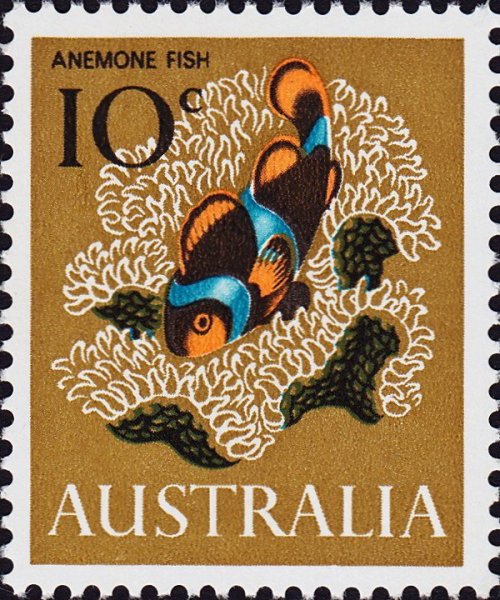

two 1966 Australian stamps from a series on sea life
[id: two postage stamps, both with vivid illustrations of fish. the left depicts a clown fish resting on an anemone while the right depicts a black and white striped fish - labelled ‘humbug fish’ - against a background of red coral. end id]







coelacanth stamps



three 1992 Finnish stamps featuring illustrations from Tove Jansson’s popular Moomin series

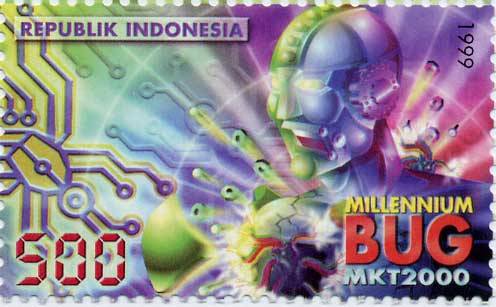
Y2K stamps from Indonesia

Pallas’s cat (Manul) Tajikistan, 1996

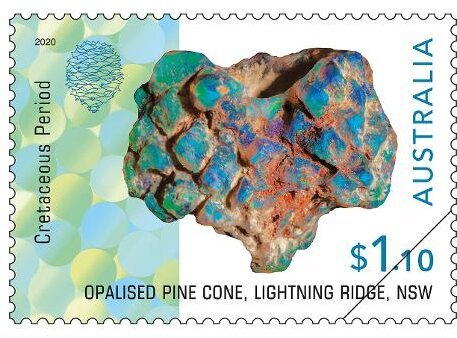
two 2020 Australian stamps from a series on opalized fossils
[id: two postage stamps, both with high resolution images of opalized fossils. the left depicts a moon snail fossil while the right depicts a pine cone fossil. both fossils are labelled as being from the Cretaceous Period. they are both iridescent and mostly blue. end id]





US Postage Stamp 1974 (via Wikipedia ‘Headless Horseman’ article)






Blood donation and organ transplant themed postage stamps from all around the world
cardiology





more stamps in cardiology



Bulgaria postage stamps for Children's Book and Arts Week by Lyuben Zidarov, 1969
Subscribe to my newsletter for a monthly dose of inspiration, or you can also check past issues here :)

Chinese stamps commemorating the 1964 animated movie, “Havoc in Heaven,” based on the misbehaving, mouthy Monkey King making trouble in the orderly world of the Celestials.
It’s a commemoration of the historic era (between 1950-1966) when Shanghai was one of the animation capitals of the world, when the Wan Brothers and others worked with the Shanghai Arts and Film Studio….but before the beginning of the cultural revolution in the late 1960s, when many Chinese animators returned to the countryside as farmers or workers. Prior to 1966, the Chinese animation world was far more technical and developed than the equivalent industry in Japan at the same time, but after the cultural revolution in ‘67, China never really recovered from that lost decade, and Shanghai was never really the cultural center of animation in Asia again, despite some extraordinary efforts (usually in Shanghai by people trained by the Wan Brothers).
New Sun Science Stamps from the U.S. Postal Service
To start off the summer, the U.S. Postal Service issued a set of stamps showcasing views of the Sun from our Solar Dynamics Observatory!

Since its launch in 2010, the Solar Dynamics Observatory (or SDO) has kept up a near-constant watch on the Sun from its vantage point in orbit around Earth. SDO watches the Sun in more than 10 different types of light, including some that are absorbed by Earth’s atmosphere so can only be seen from space. These different types of light allow scientists to study different parts of the Sun – from its surface to its atmosphere – and better understand the solar activity that can affect our technology on Earth and in space.

The new set of stamps features 10 images from SDO. Most of these images are in extreme ultraviolet light, which is invisible to human eyes.
Let’s explore the science behind some of the stamps!
Coronal hole (May 2016)

The dark area capping the northern polar region of the Sun is a coronal hole, a magnetically open area on the Sun from which high-speed solar wind escapes into space. Such high-speed solar wind streams can spark magnificent auroral displays on Earth when they collide with our planet’s magnetic field.
Solar flare (August 2011)

The bright flash on the Sun’s upper right is a powerful solar flare. Solar flares are bursts of light and energy that can disturb the part of Earth’s atmosphere where GPS and radio signals travel.
Active Sun (October 2014)

This view highlights the many active regions dotting the Sun’s surface. Active regions are areas of intense and complex magnetic fields on the Sun – linked to sunspots – that are prone to erupting with solar flares or explosions of material called coronal mass ejections.
Plasma blast (August 2012)

These images show a burst of material from the Sun, called a coronal mass ejection. These eruptions of magnetized solar material can create space weather effects on Earth when they collide with our planet’s magnetosphere, or magnetic environment – including aurora, satellite disruptions, and, when extreme, even power outages.
Coronal loops (July 2012)

These images show evolving coronal loops across the limb and disk of the Sun. Just days after these images were taken, the Sun unleashed a powerful solar flare.
Coronal loops are often found over sunspots and active regions, which are areas of intense and complex magnetic fields on the Sun.
Sunspots (October 2014)

This view in visible light – the type of light we can see – shows a cluster of sunspots near the center of the Sun. Sunspots appear dark because they are relatively cool compared to surrounding material, a consequence of the way their extremely dense magnetic field prevents heated material from rising to the solar surface.
For more Sun science, follow NASA Sun on Twitter, on Facebook, or on the web.
Make sure to follow us on Tumblr for your regular dose of space!


| Two Somali stamps from 1986.



Cat stamps from my personal collection.
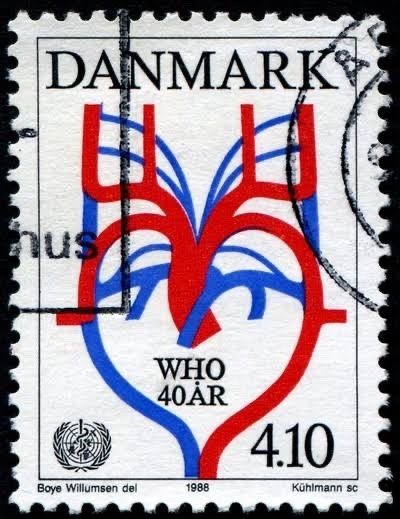






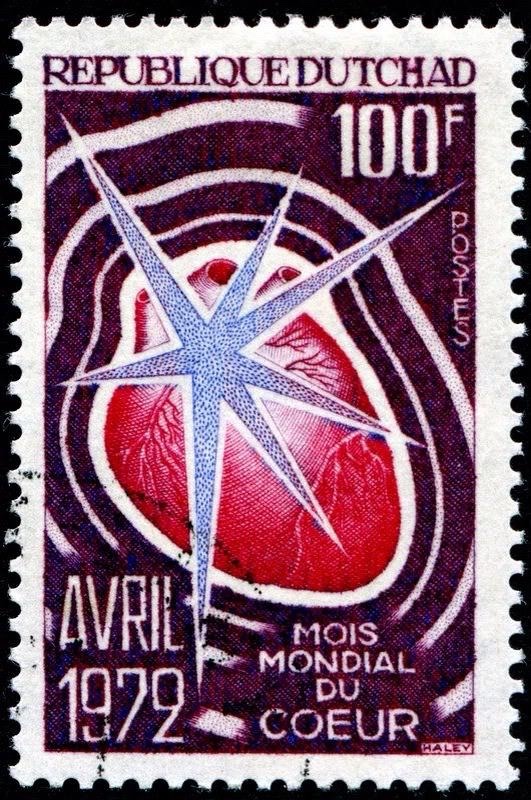

some of my favourite cardiology themed postage stamps from the past

a 2014 Japanese stamp depicting an arctic hare
[id: a postage stamp with a detailed, realistic illustration of an arctic hare, which is white with black tipped ears. end id]

holy mole-y!
mole cricket stamp design on a card for tane (for mother’s day)

